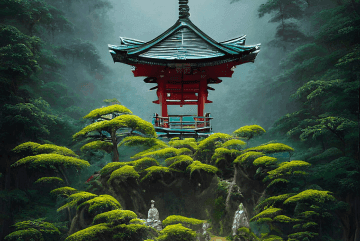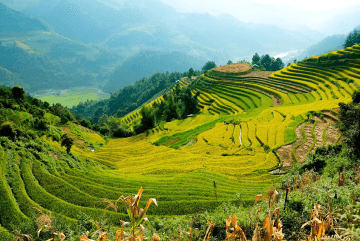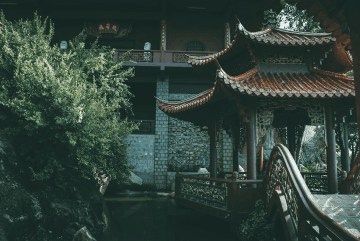The Key Figures of Sri Lanka

Geography and History
"Ceylon" became Sri Lanka in 1972, the year it became a republic after gaining its independence from Britain in 1948. With an area of 66,000 km2, the island is 435 km long and 225 km wide. 30% of the territory is covered with forest.
Sri Lanka has 1,340 km of coastline, 11,000 km of roads, 1,449 km of railway, 4 major ports and 19 airports. The island is about 50 km from India.
People and Society
Sri Lanka has 2 official languages, Sinhalese and Tamil: 74% of speakers are Sinhalese, and about 14% are Tamil. The country has four main religions, with the majority (69%) practising Buddhism. A total of 13 "full moon" days are celebrated annually and the country enjoys 26 public holidays.
Sri Lanka hosts a population of 21,273,000 inhabitants, with more than 800,000 Sri Lankans working abroad. The country has a young population with a quarter of its inhabitants under 15 years old. The literacy rate is 91.2%.
Major events
Sri Lanka experienced a civil war that lasted more than 25 years and ended in 2009, allowing the country to enjoy a period of peace and growth. The country was affected by the devastating tsunami on December 26, 2004, which claimed more than 30,000 lives. On January 8, 2015, a new president was elected: Maithripala Sirisena.
Economy
1,323,000 travelers visited Sri Lanka in 2017. The same year, the GDP per capita was 12,900 USD with a growth rate of 3.3%. The average salary does not exceed $300 per month.
4% of the territory is occupied by tea plantations. On average, 20 kg of tea leaves are picked daily by each tea picker. Sri Lanka is the world's second-largest exporter of tea and the world's fourth-largest producer behind China, India, and Kenya, with an annual production of 330,000 tonnes in 2012 accounting for 9% of world production.
Natural highlights
The Pidurutalagala (Mount Pedro) rises to 2,524 metres altitude. Three other high peaks in Sri Lanka are the Kirigalpotta (2,392 m), the Thotupola (2,350 m), and the famous Adam's Peak (2,243 m). There are 14 national parks on the island and the country boasts 8 UNESCO World Heritage Sites.
Among the emblematic mammals, there are approximately 4,000 elephants; each of them eats 200 kg of food a day. There are 242 species of butterflies and 322 endemic species of birds.
Travel differently, travel better
Subscribe and receive our travel inspirations and practical advice twice a month.

Wanting to share your trip with a group?
See our guaranteed departures

















































